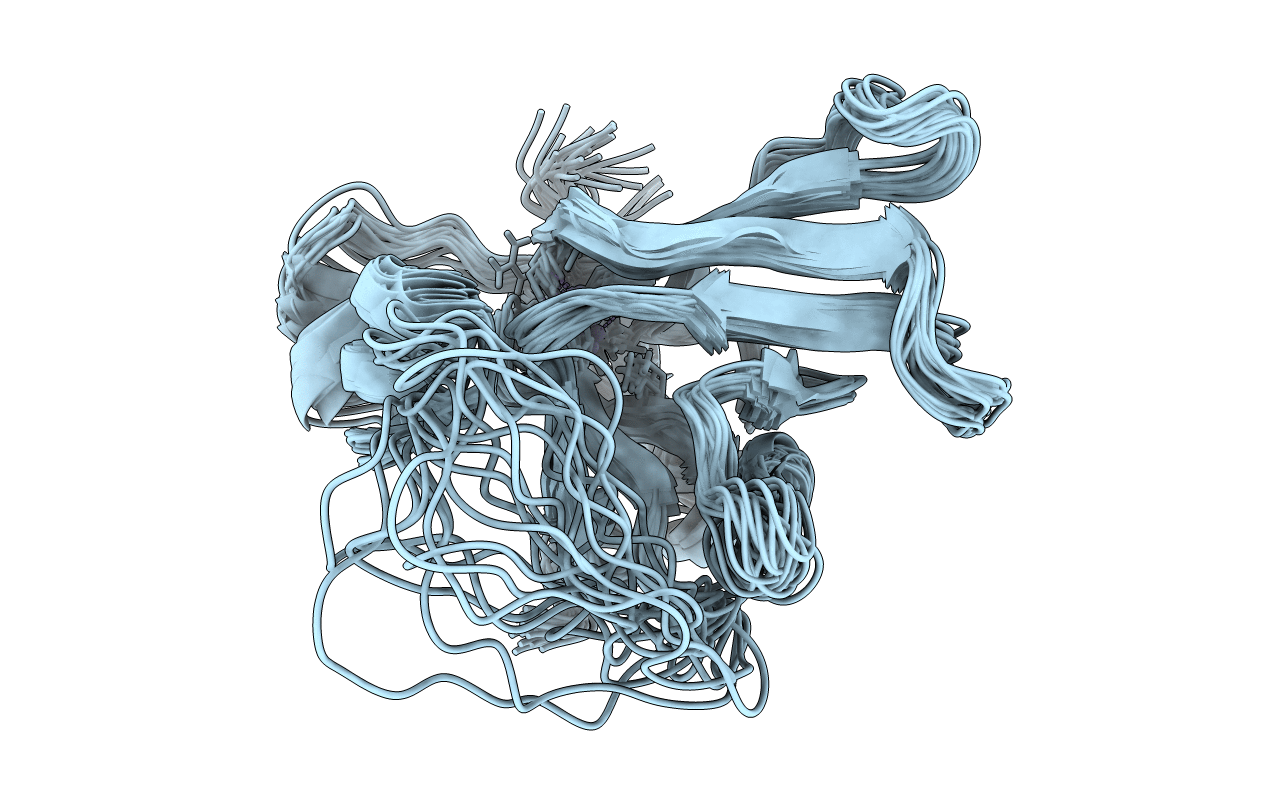
Deposition Date
2008-09-05
Release Date
2008-12-16
Last Version Date
2024-05-01
Entry Detail
PDB ID:
2K8D
Keywords:
Title:
Solution structure of a zinc-binding methionine sulfoxide reductase
Biological Source:
Source Organism:
Methanothermobacter thermautotrophicus (Taxon ID: 187420)
Host Organism:
Method Details:
Experimental Method:
Conformers Calculated:
100
Conformers Submitted:
20
Selection Criteria:
target function


